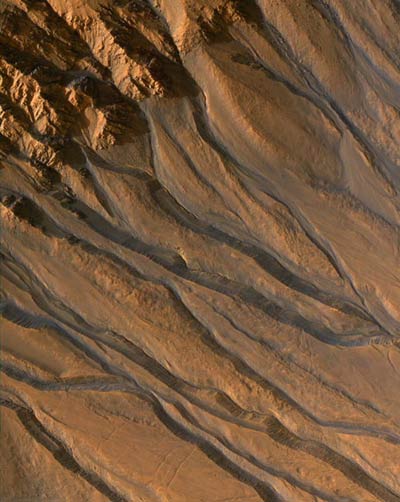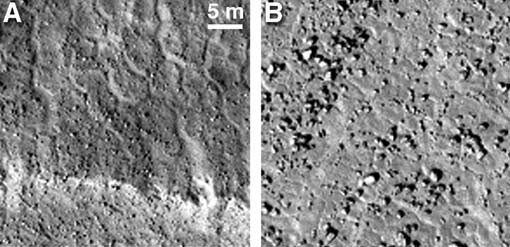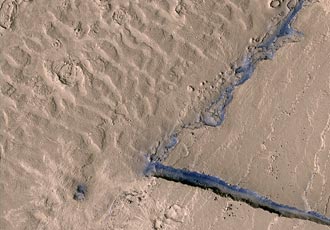Subscribe to:
Post Comments (Atom)
Search This Blog
Blog Archive
-
▼
2009
(69)
-
▼
March
(60)
- Miles Between Us Though miles come b...
- Sab kuch bhula diya सब कुछ भुला दिया...
- Teri mohabbat thi bewafa दिल में वो ...
- Hoping I’ll be in your arms again I ...
- always for you my love poem
- HOW TRUE IS YOUR LOVE*************************...
- BIHAR DRIVING LICENCE=========================...
- R U WORKING LIKE THIS?????????
- SALARY THIS MONTH = 100 KISSESHusband Letter t...
- WHAT IS MARRIAGE???1. Marriage is not a word.It’s ...
- Is there a God? Revelation 2012: DNA is the Word o...
- NO LIQUID WATERLate last year, NASA released r...
- Beauty is EnergyDid you know..that when you're per...
- God! Grand Me Strength! It was a merry afterno...
- Sister and Brotherly Love Source: Real Story, ...
- The Love of the Apple Tree A long time ago, there ...
- The Concert According to Anton A mother brought hi...
- Fishhead for the mother After endless tiredles...
- Kissing The HairlessI am so aesthetically sensitiv...
- Darren Waterston and Tyrus Miller :The Floweri...
- THE FEAST OF THE INGATHERING Wherever, through...
- Mother NatureI once read a book about the secret o...
- Agnes Gonxha Bojaxhi("Mother Teresa") Mother Teres...
- UNTITLED SO FAR.......Falling into watersWarm with...
- DAUGHTER OF EVE, DAUGHTER OF DESIREWhat happen...
- TALK WITH MEIt’ s my turn tomorrow at Sunday S...
- MILESTONETo mark this little milestone, I thought ...
- MY KITCHENHere is my attempt, set to the Sound of ...
- WHEN THE STEM CLEARS UPI step out of the shower, t...
- QUIET HEROby Kathleen MillsShe wakes very early, h...
- "one love"Like meeting of two stars our soulsmet...
- innocenceSometimes I have some questions and tryi...
- in arms of love poemWhat else could be more thanbe...
- LESSON IN LIFE JOURNEY - STORY OF A DONKEYLife ten...
- How To Fall In Love?... <!-- / icon and title -->...
- Archive for the 'Cricket World Cup 2007' Categ...
- A Sweet Sweet Story by Jennifer Smith Matthew 4:7 ...
- UDDHAARI WAFAA*URDU RUBAI"AfsAna-e hayAt menn ye y...
- Distance
- Come On
- A Story
- At 94
- What I live For
- Poems about Life
- You are always with me
- My darling!I Love You.
- Dear Angel
- Yr Manna The Tide Rises, The TIde FallsThe tid...
- Poems about Love
- The Tree of Contemplative Practices
- chinese love poetry
- Story Synopsis: Into the Wardrobe
- The Heart of a Child
- The Emperor of Ice-CreamThe prankster poetry of Wa...
- When can babies have ice cubes?
- Story
- The Dawg Doctor
- Web Sites for Learning
- Hungry Little Lovebird
- Lovebird
-
▼
March
(60)





No comments:
Post a Comment